"... emphasising breath control as a basic, beginner-level concept makes a lot more sense than keeping breath control as an advanced topic for experienced players only."

Reeds set for best responseIt's time we stop glorifying harmonicas based on how loud they play. Breath control and response to a wide dynamic range are far more important qualities to expect from a diatonic harmonica.
For over 100 years, makers of the diatonic harmonica focused on building an instrument that would play pleasant sounding chords as part of German Oompah/folk music.
Starting some time in the 1960s, the diatonic harmonica began to change. I believe that the focus shifted from building an instrument with a strong foundation in playing chords to building an instrument more focused on playing single notes.
I feel it has been a somewhat downhill journey from there. Modern diatonic harmonicas aren't optimally configured for either type of playing.
The basis for this opinion is drawn from historical accounts, my knowledge of the inner workings of the diatonic harmonica as a Hohner Affiliated Customizer and direct observation of vintage harmonicas.
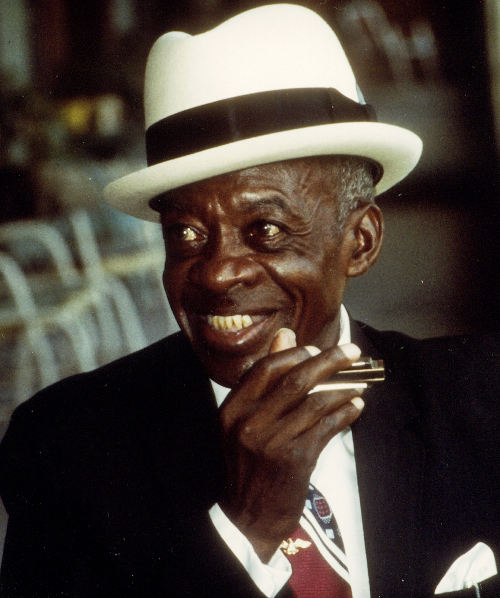
DeFord Bailey
(Marilyn K. Morton - David C. Morton)The early masters - DeFord Bailey, Little Walter, Big Walter, the Sonny Boy Williamsons to name a few - played Hohner Marine Band harmonicas which resembled today's custom harmonicas in some ways.
Those early harmonicas required much less breath to play and they responded to a wider range of dynamics compared to modern-day harps. A player could play notes with intensity while still being able to exercise a lot of control over how loud the notes sounded. The harmonica could be played quietly without the fear of an unresponsive instrument dropping notes.
The superior response to a wide dynamic range was a byproduct of manufacturing a chordal instrument.
Putting an importance on chords forces the factory to make sure some important details are just right. If strong-sounding chords are not considered important, the factory can let some details slide for the sake of saving time and money.
The process of tuning a harmonica at the Hohner factory was the final and most lengthy part of the manufacturing process and involved three separate steps. Mass-production will inject defects into a product but I think it's reasonable to assume the production team carefully avoided causing the defects that would make tuning more difficult to save time and effort in the long run.
From my examination of vintage Marine Bands, I believe the setup of the reeds was tailored to playing the notes on the low end together as a chord rather than playing the lower holes as single notes. All of the reeds needed to have a very consistent and similar response so that each note of the chord was exactly right.
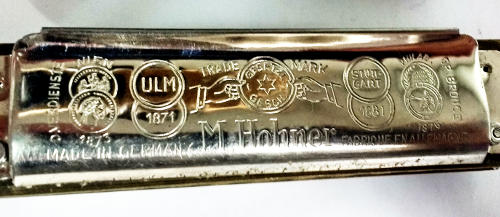
Marine Band from 1940sIt's likely that these instruments were deliberately set to respond to a light attack because the pitch of a harmonica reed is not stable. It changes with the amount of breath force you play. Chords go out of tune when a harmonica is played with too much force.
I suggest that the setup of the instrument at the time happened to be ideal for second position bending notes on holes 1, 2 3 and 4 when played with a light touch. This was not intentional or even recognised by the Hohner company at the time.
Conversely, I believe it's harder for beginners to learn the blues harp using today's harmonicas because present-time off-the-shelf harmonicas are not set up the same as they were back then.
What happened?
Something slowly started to change in the 60s and the quality of the instrument started to decline. In the 80s and 90s a much sharper decline in the quality of Hohner harmonicas was seen. Marine Band harmonicas became leaky, harder to bend and as such required a lot more breath to play than they had in the past.
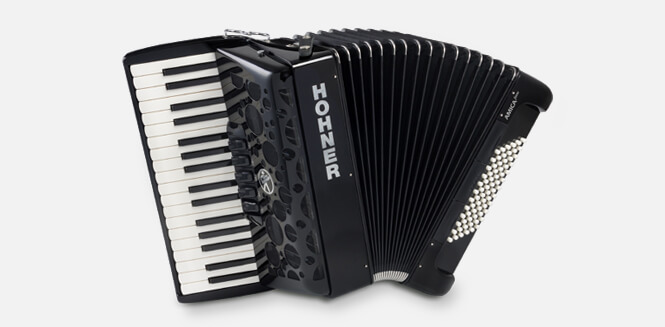 This decline in quality was due in part to the fact that Hohner was producing a wide range of other instruments that were more profitable to make than the harmonica. Producing harmonicas seemed like an afterthought.
This decline in quality was due in part to the fact that Hohner was producing a wide range of other instruments that were more profitable to make than the harmonica. Producing harmonicas seemed like an afterthought.
Players of the time slowly adapted to the changes by simply playing with more breath. But as quality continued to fall and harps became even less playable, they started to complain. There are anecdotes that players like Paul Butterfield and Lee Oskar would buy eight or ten Marine Bands so that they could find one that played well. There are stories of players driving to remote music stores seeking out Marine Bands packaged in the white cardboard boxes - old stock compared to the new plastic cases.
That opened the door to Hohner's competition getting a bigger foothold on the diatonic harmonica market.
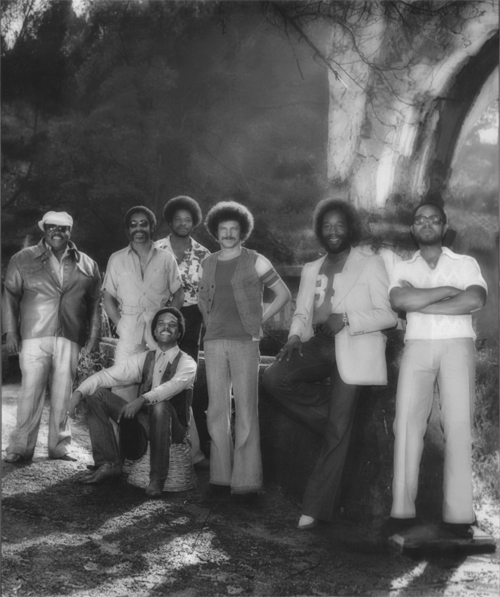
Lee Oskar/War 1976Lee Oskar began making his own brand of harmonicas in 1983. Other companies benefited from players' frustration at Hohner too and began selling more harmonicas.
I believe that instead of aiming to create an instrument that played with a lot of responsiveness to a wide dynamic range as the Marine Band of the 1950s and earlier, the competition catered to the new generation of players who had gotten used to instruments which required a lot more breath to play.
The aim became to make instruments that could last longer when played with harder breath. They were tuned sharper to compensate for the flattening of the pitch that comes with playing harder. My feeling is that this event affected the market and profoundly changed a generation of players.
Is harder, louder and stronger better?
Better or not, this became the new standard. You can't blame the harmonica makers for catering to market demand. But adjusting a harp to respond to hard breath will make it less responsive and harder to bend.
And the trend continues. We are seeing new instruments with reeds that are made from more and more massive materials than brass. Also, new harps are designed with reed plates that are thicker than in the past. Adding mass to the reeds and making the reed plates thicker are two easy ways to design an instrument that plays louder.
There is a trade-off. They play loud but these instruments offer much less dynamic range than ever before.
Search YouTube for reviews of these new wave made-in-china harmonicas and you will find that more often than not, the new harp is declared to be fantastic simply because it's louder than another brand.
But try to play these harps quietly and all you will get is air. This does not permit you to add a lot of dynamics to your playing.
There is a school of thought in the blues harp community that encourages "building chops" which implies working extra hard at articulating notes so as to develop muscle. It is implied that a beginner should stay away from a more responsive type of harmonica so as to foster muscle development.
"Play hard, but play with finesse" is contradictory and confusing to a beginning diatonic harmonica player yet it seems to be the dominant ideology.
It is claimed that building bending muscle this way will allow a beginner to progress faster. There is no evidence to support this theory.
Most evidence-based teaching methods advocate working at playing things slowly and with precision before building up speed and intensity. The anatomy of the vocal tract is such that less tension leads to better tone and better control. This is corroborated by any qualified singing instructor. Practising precision control of bends with a responsive harmonica builds chops quite effectively because you are working the correct muscle groups.
It makes sense to me that beginners and players of all levels would make progress faster using breath control but there is no evidence to support the claim either. There has never been a study done which compares the rate of progress using more responsive versus less responsive diatonic harmonicas.
There is the perception that a player who gets used to very responsive harps will never be able to play less responsive off-the-shelf harps. I believe the opposite is true. I have observed many players who play custom harps exclusively make low-quality harmonicas sound amazing. Low-quality instruments are a lot more work and aren't fun to play but these players are no worse off in any way for playing custom harmonicas. They have the chops.
Evidence shows that a better instrument will foster more enthusiasm, elicit fewer bad habits and evoke faster progress. Proper instruction (a good teacher) is also proven to speed up learning progress. This evidence is not specific to the harmonica and applies to learning any musical instrument.
Harmonica teachers agree that a relaxed embouchure is essential to good tone. This is true even of the harmonica teachers who paradoxically advocate for using less-responsive harps to build chops. Some of the worst "bad habits" that we pick up as beginners are related to using too much force. I'm sure 100 per cent of us tried to play our first bends by increasing breath force instead of controlling our embouchure. Most of the time we realise this is wrong and eliminate this bad habit quickly but sometimes it persists for years or never stops.
Some players almost never blow out reeds while others replace their harps (or learn to replace reeds themselves) nonstop. It's recognised that the difference between the two groups is breath control.
I don't want to tell anyone how they should play their instrument - that remains a personal choice. But I think emphasising breath control as a basic, beginner-level concept makes a lot more sense than keeping breath control as an advanced topic for experienced players only. We should teach beginners to avoid bad habits from day one.
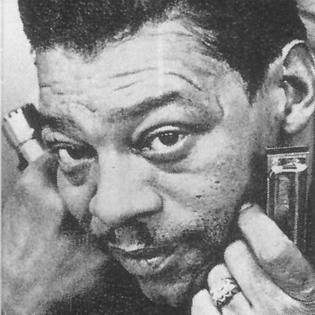
Little WalterBreath control is nothing new. We've read first-hand accounts of Big Walter achieving amazing tone playing with whisper-quiet breath. We also have evidence that top players from the 40s 50s and 60s preferred to play with light breath. Little Walter is quoted as saying his reason for playing amplified was "so I don't have to be blowin' so hard." Even James Cotton is reported to have achieved his powerful sound using a much lighter touch than one would expect.
Some of the best players of current times play with breath control: Rick Estrin, Dennis Gruenling, Howard Levy, Charlie McCoy, Curtis Salgado, Todd Parrott, Ronnie Shellist, Kim Wilson and many more...
These names conjure up thoughts of very powerful playing. But they all achieve that power using much less breath than you would expect.
Breath control does not mean low volume. It means playing the whole range from quiet to loud using a good harmonica and avoiding hard breath.
Less is more. It's time we put the emphasis on harmonicas that can handle a proper dynamic range and playing with breath control rather than focusing on making harps that can blast out sounds the loudest.
It's not necessary for every beginner to practice on a full custom harmonica but it's time we demanded harmonica manufacturers produce more responsive instruments.
Until they do, it's possible and straightforward to upgrade the responsiveness of stock harmonicas yourself or find a competent harmonica service-provider who can do it for you.
What about reed failure?
A more responsive harp doesn't have to mean you will wreck the instrument and blow out reeds. If you improve the control over your breath you will be solving the underlying cause of frequent reed blowouts. It's not the harp's fault, no matter what type of harmonica you play. With good breath control, players can play extremely responsive harmonicas and still only rarely suffer blown reeds.
What do you think the great blues harmonica players from the days before 1960 would think of present-day instruments? Who can say? I think they would be able to make some great music with them, but I reckon they would not find them as fun to play because - as they say - "they don't make them like they used to."
Thanks to Barbeque Bob Maglinte and many others for their historical recollections and perspectives.





